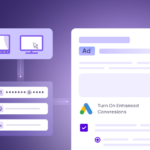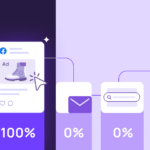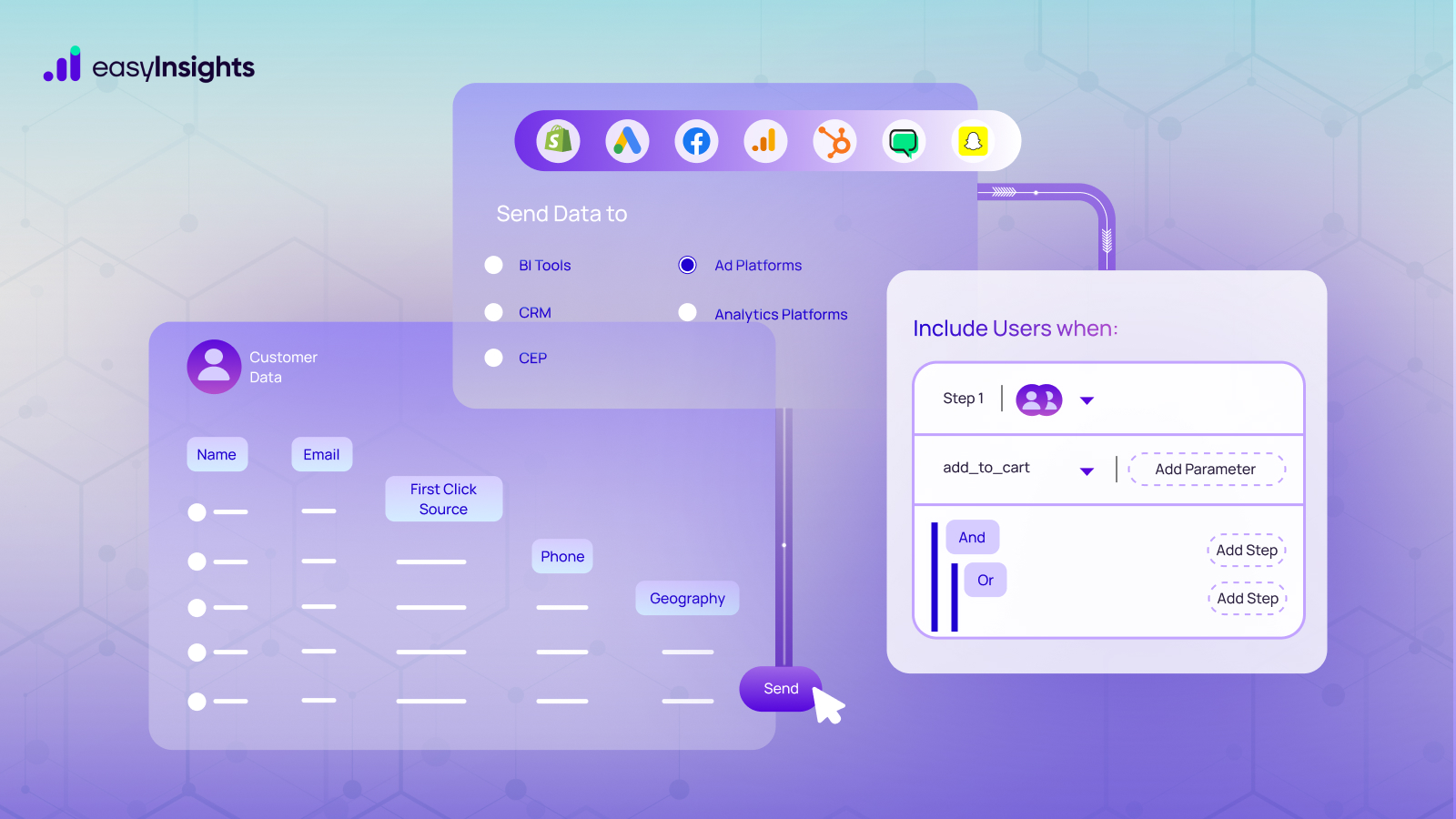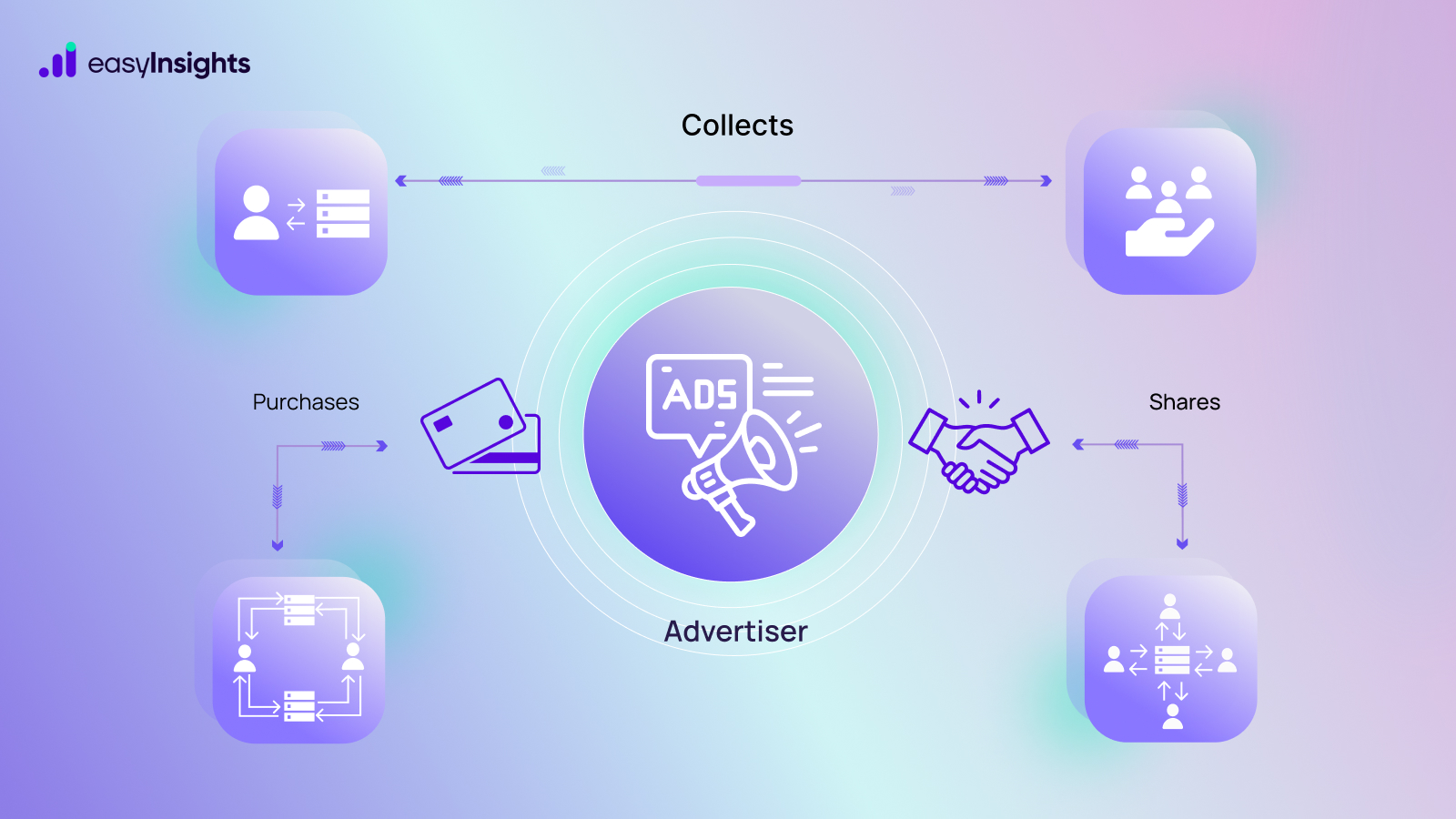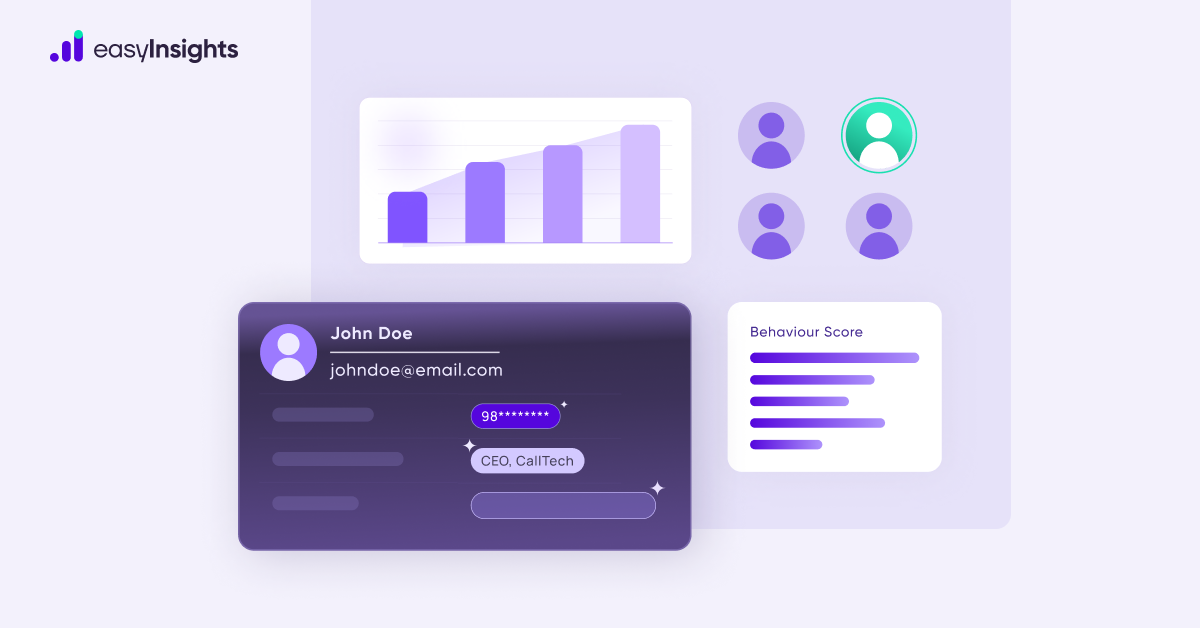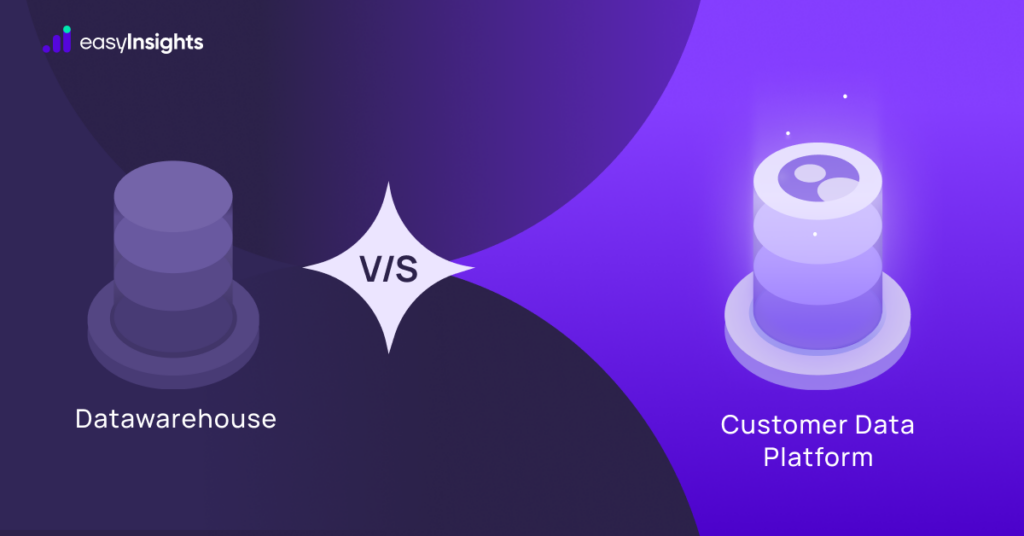
With the introduction of more effective data activation solutions like Reverse ETL, the debate around Customer Data Platforms (CDPs) and data warehouses has intensified.
At a time when access to data warehouses was limited to data teams, CDPs democratized data for non-tech users like marketers. However, data activation has evolved beyond simply democratizing access to data. Brands are now eager to empower marketers with more control over customer data.
With Reverse ETL solutions like EasyInsights available, questions arise: Why not cut out the middleman? Why not directly integrate the warehouse with the marketing tech stack downstream?
In this blog post, we’ll answer all these questions. We’ll explore some common faults with CDPs and understand why data warehouses trump them in terms of scale and flexibility.
5 Benefits of Using Data Warehouses Over CDPs
CDPs have been effective for the most part. However, as you collect more data and integrate more sources, you quickly realize they have many problems. In comparison, data warehouses come across as a more logical choice for swift integrations and large-scale data management.
Here are some reasons why data warehouses are a better choice:
1. Single Source of Data
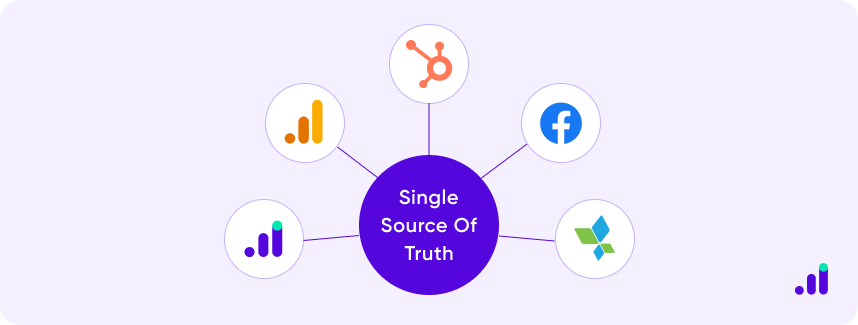
With CDPs, most vendors try to sell you the good old idea of a “single source of data.” But that’s far from reality. Firstly, they only consolidate customer data from sources like CRM, marketing automation tools, social media, etc.
CDPs simply can’t process any data beyond the scope of your marketing tech stack. But a data warehouse can handle all kinds of structured data, be it operational, financial, logistical, and, of course, customer data.
Moreover, you’ll hardly find a CDP that also has decent analytical and reporting capabilities. So, you’ll have to integrate it with your data warehouse and existing business intelligence tools to utilize its full potential.
Not to mention, there can be overlaps between the data managed by CDPs and other systems, leading to redundancies and potential inconsistencies in data analysis. This makes your data warehouse the true “single source of data.”
Additional Read: Data stitching using ETL tools and its alternative
2. Not All CDPs Activate Data
Today, Customer Data Platforms have flooded the customer data tools market. However, there’s no universally accepted standard for what constitutes a CDP.
Different vendors offer products labeled as CDPs but with varying functionalities and capabilities. Each tool focuses on only a handful of aspects of data activation. Some might excel in data integration, others in real-time analytics or customer segmentation.
Then, there’s also a fair share of false advertising. Even when vendors lack the core functionalities of a typical CDP, they label their solution as one to benefit from the hype. In reality, it’s just a make-do version of an existing customer data tool, like a CRM system or a DMP.
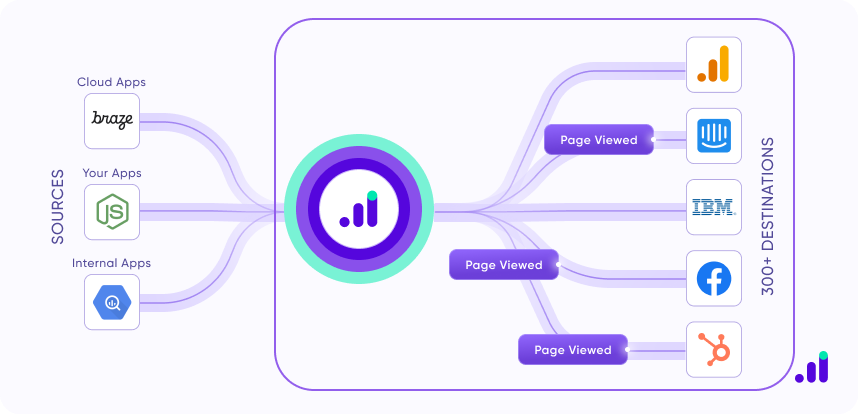
3. Scalability
CDPs are tailored for integrating various data types in real time to create unified customer profiles. They work great when you have limited software integrations or simultaneous customer interactions are quite low.
However, as customer interaction data increases, you may frequently exhaust your API limits and may be forced to upgrade to a more expensive tier. Similarly, if you integrate more marketing tools with a CDP, it may struggle to maintain performance. In contrast, data warehouses are designed specifically for large-scale data storage and complex analysis. Their robust architecture efficiently handles extensive datasets. It allows users to process complex queries and store long-term historical data without affecting performance.
Additional Read: The Best Way to Export Raw Data from Google Analytics
4. Flexibility
CDPs avoid complex workflows, but in doing so, they introduce some level of rigidity. For example, they use predefined data models and schemas to organize customer data. These are designed to accommodate common data types related to customer interactions and behavior.
This standardization simplifies the integration of regular customer data sources like CRM systems like HubSpot, email marketing tools, and e-commerce platforms. But it also means you must request the data team to create custom integrations and models whenever working with non-standard data formats.
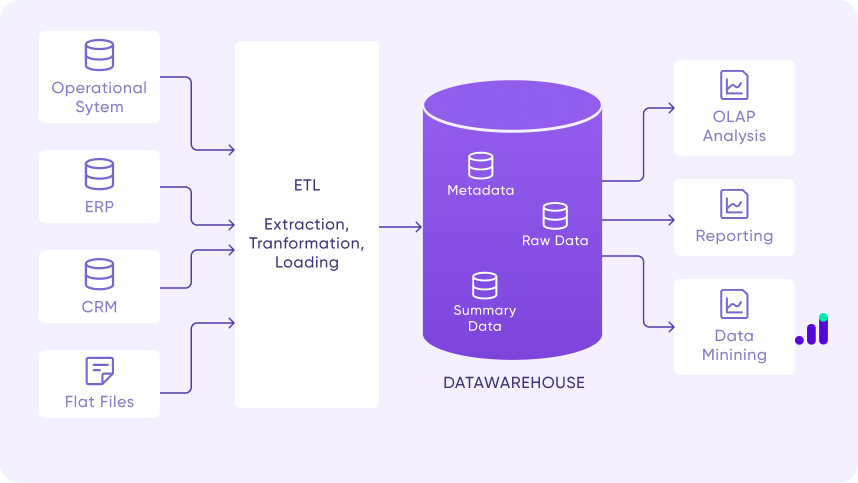
On the contrary, data warehouses can handle varied data sources and process all kinds of data types. This allows users to create custom data models and schemas tailored to their unique needs. These models can be made available to any marketing tool using an activation tool.
Equipped with the right self-service tools, marketers can directly access, analyze, and visualize data without requiring extensive technical skills. Similarly, they can use these tools to map relationships between different datasets and create models for their marketing strategies.
5. Security and Compliance
Cyberattacks on businesses have risen significantly in recent years. Consequently, regulations like the General Data Protection Regulation (GDPR) and the California Consumer Privacy Act (CCPA) have enforced more rigorous standards for collecting, storing, and sharing user data.
With a CDP, you’ll move customer data from one system to another, that too, in real-time. So, ensuring compliance with all the privacy regulations will be a challenge. These platforms rely on the vendor’s storage infrastructure, so you must also ensure they adhere to the relevant compliance standards. Data warehouses, on the other hand, are well-equipped with robust mechanisms to ensure compliance with safety and privacy regulations. They can handle complex security functions like data encryption, access controls, and compliance reporting.
With a data warehouse, you can define safe and effective data governance policies without affecting your marketing goals. You remain in complete control of data, allowing you to decide what data to store, its usage, and its retention period.
Additional Read: Google Ads – Marketer’s Guide to Performance Max Campaigns
Activate Your Data Warehouse with a Composable CDP Layer
Customer Data Platforms provide an easier way to consolidate customer data. However, a data warehouse takes the cake when it comes to being the ultimate source of all your organizational data.
It can already collect data from your tech stack, transform it, and provide comprehensive business insights. Now, all you need is a Reverse ETL solution, and your data warehouse will give any CDP a run for its money.
Check out EasyInsights, a marketing analytics and automation platform with Reverse ETL capabilities. Its warehouse-first approach to data activation and no-code interface makes it a perfect solution for data-driven marketers.
Book a demo today with EasyInsights!


